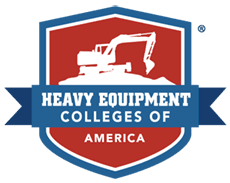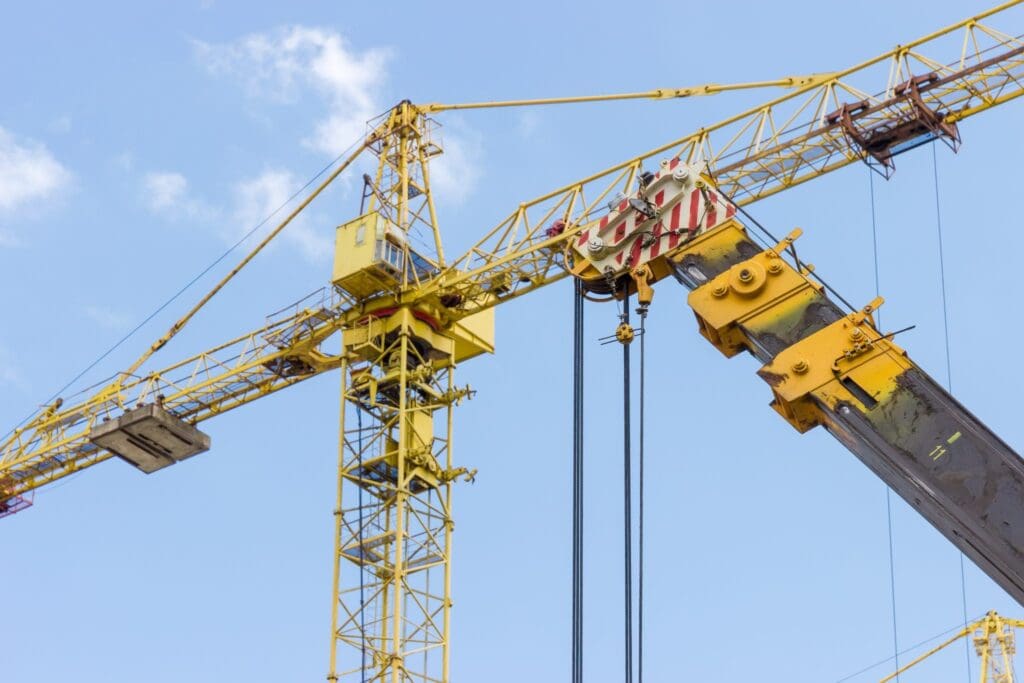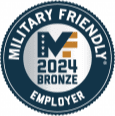About Cranes
Overview
Construction teams use cranes on practically every job site. These heavy-duty machines can lift up to 18 metric tons and reach as high as 230 feet—depending on the crane type. With the help of a cranking mechanism, cranes lift and carry objects that are too heavy to be handled manually, have a broad range of motion, and move objects between various locations on construction sites. The evolution of the crane originated with the standard pulley system in the 16th century. Thanks to its inventors, cranes make heavy-duty jobs possible.
Career Outlook
Since cranes are used on most construction sites, a career as a crane operator is promising. In May 2018, roughly 44,410 people worked as crane operators in the United States, and the mean annual wage was $58,160. Texas, California, Pennsylvania, Louisiana, and Florida account for nearly 40% of the total crane operator jobs in the country, all according to BLS. Besides California, Oregon, and Washington, crane operators are most popular in the eastern half of the U.S.
Mobile Crane Setup Tips: Steps for Safer Crane Setups
Crane Types
Boom Cranes
Boom cranes have 360° mobility, meaning they can move up-and-down, side-to-side, and front-to-back. The “boom” part of the name is named after the boom attachment: a long fixed or hydraulic metal arm that attaches to the suspended hoist cable. The boom is one of the largest crane parts.
1. Lattice Boom Crawler
A lattice boom crawler crane gets its name from the W or V shaped lattice design of the boom. The benefit of this design is that it decreases the total weight while still providing maximum support for heavy loads. Other lattice boom crane parts include the crawlers, hoist, cab, sheaves, and wire ropes. Crawlers are the equivalent of wheels on a car—they move the crane along the ground. The hoist is what moves loads up and down. The sheaves make up the pulley system that holds the wire ropes, and the wire ropes extend to latch onto objects. Because of these lattice boom crane components, this crane type works best on tall building projects due to its increased mobility, greater stability for lifting heavier loads, and a longer boom to reach high places.
2. Jib Cranes
The boom on a jib crane is a solid piece of metal with a pulley system attached. The horizontal boom is attached to a vertical metal base, creating a T shape. Unlike other cranes, the boom on jib cranes doesn’t move—only the pulley system moves. Additionally, this type of crane doesn’t contain a cab for operators to work from. Jib cranes have a limited range of motion, so they are best suited for jobs involving lifting and lowering heavy loads.
3. Automotive Mobile Cranes
Automotive mobile cranes are different from both lattice boom crawler cranes and jib cranes in that they have a much larger boom that is attached to a full-sized truck body. The boom is stored on top of the truck when not in use and extends at multiple stages when engaged. Much like a telescope, the boom is separated into different sized sections, each one getting smaller the farther the boom extends. Automotive mobile cranes have even greater stability than lattice boom crawler cranes because of the wide and heavy base of the truck. The versatility of this crane type is beneficial for various project sizes, whether big or small.
Overhead Cranes
Unlike boom cranes, overhead cranes move along a metal track attached to the ceiling. A pulley system lowers to grab onto heavy items and rises to move them horizontally from one location to another. However, compared to boom cranes, overhead cranes have limited mobility since the track system doesn’t have a 360-degree range. Overhead cranes typically are used for heavy lifting jobs in enclosed buildings such as warehouses and storage units.
Hazards & Safety Tips
Top 3 Hazards
1. Overloading
A crane carrying weight beyond its capacity can cause damage to the machine, damage to its cargo, and harm workers by breaking the counterweight system. The counterweight system allows cranes to stabilize when handling heavy loads, but it only works for loads within its capacity to offset. To avoid this hazard, make sure you know the maximum weight capacity for the crane you’re operating before starting on a project. All cranes should have a digital monitor somewhere that tells you how much weight is being lifted at any time. Be sure to check this gauge frequently to never exceed the weight limit.
2. Loose Materials
When operating a crane, it’s crucial to make sure all materials are secure when being moved between locations. Any materials that are not secure can fall and hit someone, ultimately causing injuries and even death. From 2011 to 2017, roughly 26.5% of all fatal crane injuries were caused by objects falling from a crane. One way to avoid having objects fall from cranes is to do regular upkeep of hoists to ensure they are functioning properly and not taking on too much weight.
3. Electrical Interference
According to the Occupational Safety and Health Administration (OSHA), almost half of all crane-related accidents result from contact with electrical sources. This contact is dangerous because when the mostly metal crane touches a power source, the electricity flows through the metal and electrocutes anyone who touches the metal. Avoid this hazard by steering clear of power lines and other electrical sources when operating a crane.
Top 7 Safety Tips
- Abide by all OSHA guidelines
- Thoroughly read through the operator’s manual
- Use the right crane size for the job at hand
- Practice operating a crane before using one on the job
- Avoid obvious physical hazards
- Avoid carrying weight beyond the crane’s capacity
- Secure materials when in motion
- Perform daily maintenance checks
HEC Crane Training
HEC’s accelerated courses include instruction on how to operate various types of cranes used on construction sites. We also have students practice operating cranes so they are better prepared for their first job. Our lattice boom crane training program will teach you about the various lattice boom crane parts, how they function, and how to operate them to ensure your safety. Visit our website to start the enrollment process today.





